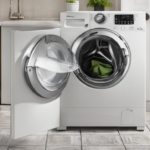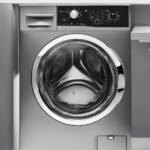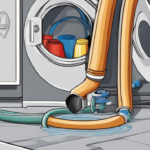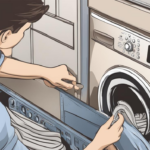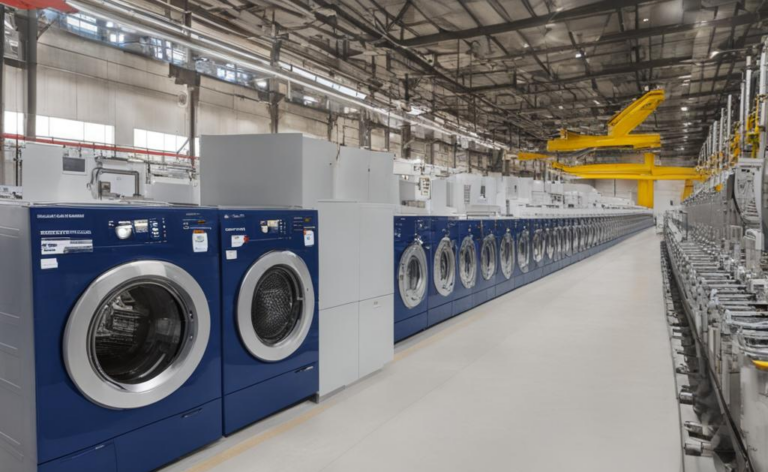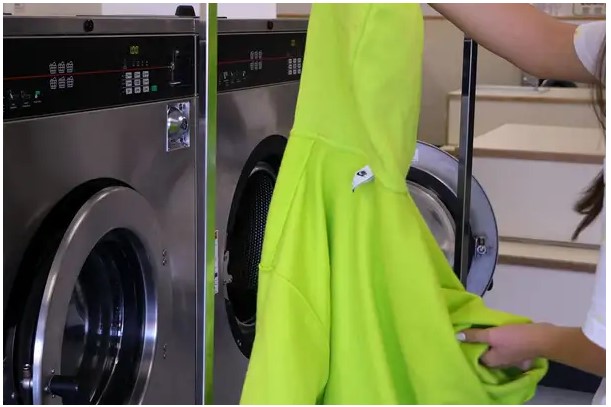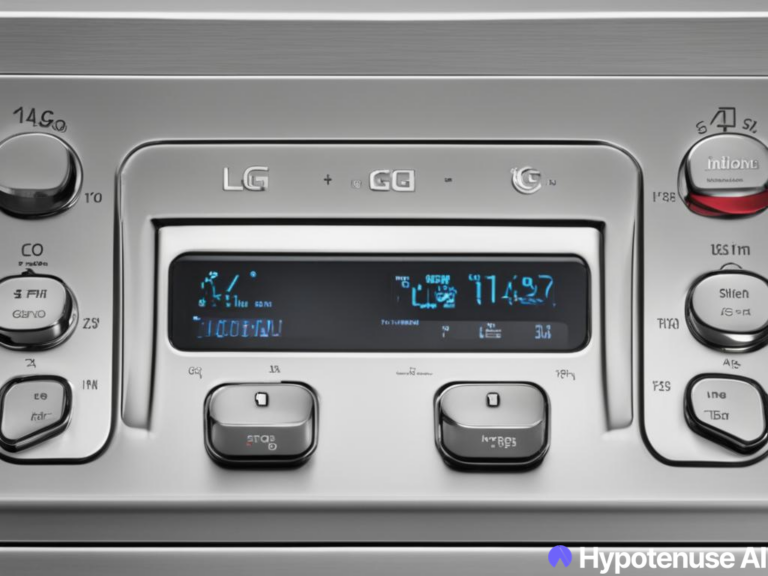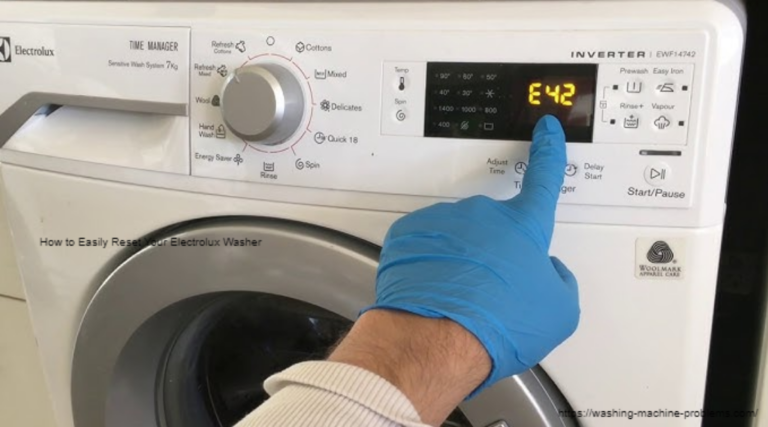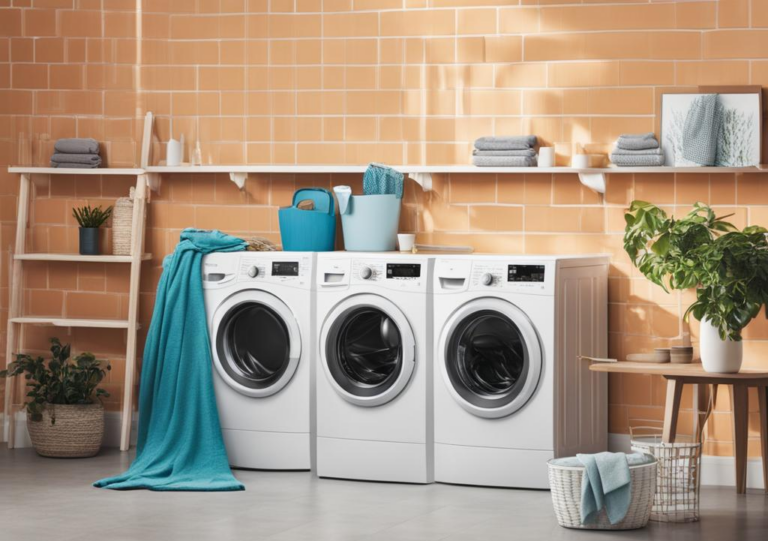Fixing the 5 Most Common Washing Machine Problems
Quick Read: Hey washer fans, let’s talk troubleshooting! Got a draining problem? No sweat—just clear out hoses and filters. Is the machine sounding rough? Check those tub bearings and redistribute the load. Water leaks got you down? Inspect and swap out bad hoses, clean seals, and run some vinegar—that’ll do the trick! And for electronic issues, don’t forget to reset it, check connections, and run diagnostics. You can handle a lot yourself, but if it’s beyond that, call in the pros. Don’t get frustrated; these simple DIY solutions will have your washer dancing again in no time. Save yourself time and money while keeping your clothes clean! You’ve got this wrench on!
- Draining Issues: Clogged Pipes and Poor Pump Performance
- Noisy Operation: Worn Parts and Unbalanced Loads
- Water Leaks: Faulty Hoses, Door Seals, and Valves
- Electronic Failure: Control Board or Sensor Malfunctions
- Won’t Start: Power, Timer, Lid Switch, or Motor Problems
- Preventative Maintenance: Cleaning, Inspection, and Part Replacement
- DIY Troubleshooting Tips: Isolating Issues Before Calling a Repairman
- When to Call a Professional: For Complex Repairs and Safety Reasons
- FAQs on Common Washing Machine Problems: Answering Your Top Questions
- Conclusion
Have you ever turned on your washing machine only to be greeted by a disturbing grinding noise or a pool of water on the floor? As an appliance repair technician, I’ve seen the frustration these malfunctions can cause. The good news is that many common washing machine problems are easy to diagnose and fix yourself. Why shell out hundreds of dollars for a service call when a little elbow grease and a trip to the hardware store can get your washer spinning again in no time?
Draining Issues: Clogged Pipes and Poor Pump Performance
Oh no, is your washer not draining properly again? As an avid DIYer, I’ve dealt with this pesky problem many times. The good news is, in most cases, it’s an easy fix!
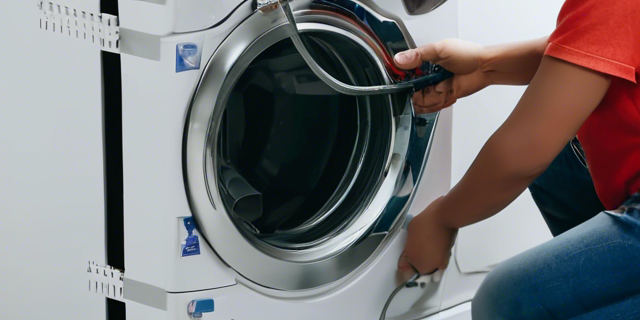
The most common causes of draining problems are clogs in the drain hose or pump filter. To clear a clog in the hose, disconnect the hose from the washer and drain, then use a plumber’s snake or drain auger to break up the clog. For the pump filter, remove the access panel on the washer, locate the filter—it’s usually near the drain pump—and clean out any debris. Run a rinse cycle with 2 cups of white vinegar to prevent future buildup.
If the washer still won’t drain, the drain pump may need replacement. Check that the pump is getting power and the impeller spins freely. If not, the pump will need to be replaced by a technician. As a preventative measure, run a hot wash with 2 cups of baking soda once a month to keep your washer in tip-top shape.
Don’t let draining issues get you down for long. With some troubleshooting, you’ll get your washer happily chugging along and your laundry pile dwindling in no time! Staying on top of maintenance is key to avoiding problems and keeping your washer running well for years to come.
Noisy Operation: Worn Parts and Unbalanced Loads
When my washer starts making strange noises during the spin cycle, I know it’s time for some troubleshooting. The most common culprits are worn-out parts or an unbalanced load.
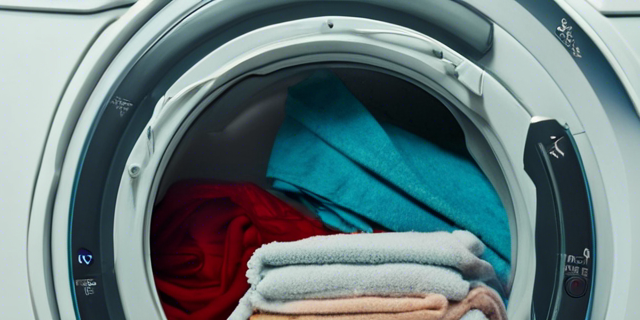
Worn-out parts
The tub bearings, pulleys, belts, and other moving parts naturally wear down over time and with frequent use. Squealing, scraping, or thumping sounds usually mean it’s time for replacement or repair. Don’t ignore the issue; the longer you wait, the more damage can be done.
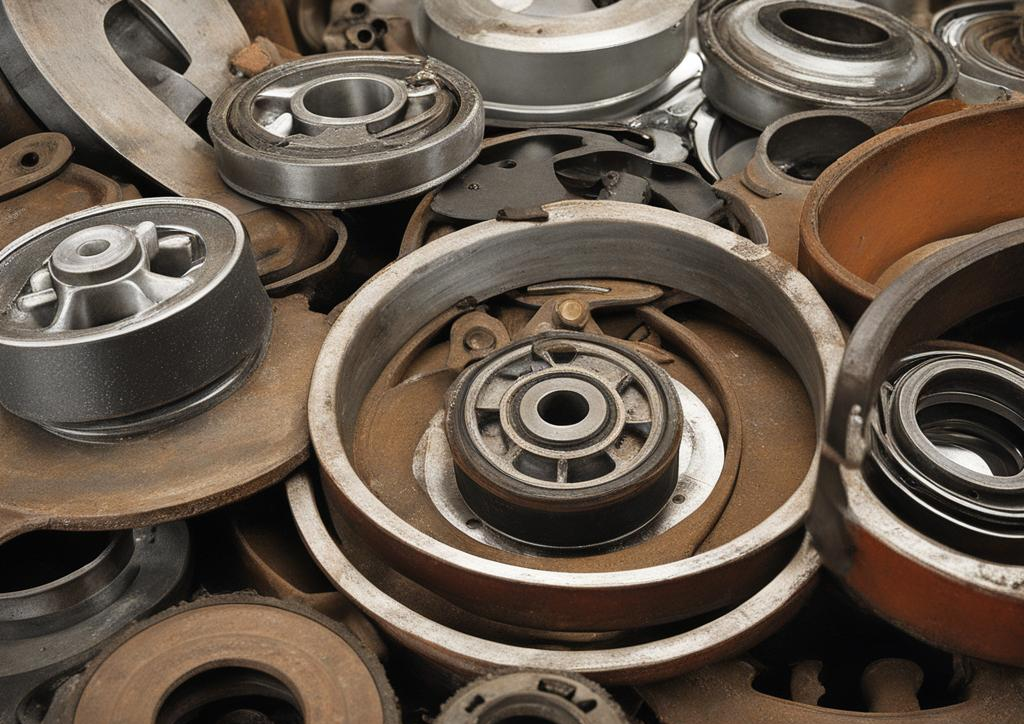
To check the tub bearings, open the washer door during the spin cycle. If the tub wobbles side to side, the bearings likely need replacement. For pulleys or belts, you may need to remove an access panel to inspect them. It’s often best to call a technician for the diagnosis and repair of worn-out parts.
Unbalanced Loads
If the washer rocks, shakes, or makes a pounding noise during the spin cycle, the load is probably unevenly distributed. An unbalanced load prevents the tub from spinning properly, which can damage the washer over time.
First, pause the cycle and redistribute the wet laundry inside the tub. Make sure heavy items are spread out and not clumped to one side. Then, resume the spin cycle. If the noise continues, you may need to remove some items from the load to balance it out. For future loads, try to wash similar types of clothing together and avoid overloading the washer.
With regular maintenance and properly balanced loads, your washer should operate smoothly for years to come. But when problems arise, it’s best to address them promptly to prevent permanent damage. Take it from me: noisy washers are no fun!
Water Leaks: Faulty Hoses, Door Seals, and Valves
Water leaks are no fun and can be one of the most frustrating washing machine problems to deal with. As the owner of a washing machine, I’ve had my fair share of drips and puddles to clean up. Usually the culprit is one of three things: faulty hoses, a worn-out door seal, or malfunctioning valves.
The hoses that supply water to your washer can become cracked, kinked, or loose over time, leading to leaks and drips. It’s a good idea to inspect the hoses regularly for any damage or corrosion and replace them every few years as a precaution. I’ve found that braided stainless steel hoses tend to last the longest.
If water is pooling around the door area of your washer, the rubber door seal or gasket likely needs to be replaced. This seal helps contain water inside the drum during cycles but deteriorates with use and age. Replacing a door gasket is an easy fix for most DIYers, and the part can be purchased at any appliance parts store.
Internal valves control the flow of water into and out of the washer. If any of these valves stick open or closed, water won’t enter or drain properly, and leaks can occur. While valve issues may require service from a technician to diagnose and repair them, sometimes simply running a vinegar rinse cycle a few times can loosen up any built-up detergent residue and get your valves working smoothly again.
Other tips to keep your washer leak-free include:
- Leveling the washer properly. An unleveled unit can put strain on hoses and seals.
- Not overloading the washer. Too many clothes can prevent the door from closing fully.
- Cleaning the door seal and lock area regularly. Built-up dirt and debris can allow water to escape.
- Running a monthly maintenance cycle with 2 cups of white vinegar. This helps prevent soap buildup and keeps internal parts clean.
With regular inspection and care, water leaks in your washer can be contained and prevented, allowing you to enjoy fresh, clean clothes without the mess! Stay on top of things, and your washer will provide you with years of dependable service.
Electronic Failure: Control Board or Sensor Malfunctions
Oh no, your washer is on the fritz again! As a frequent do-it-yourselfer, I’ve encountered my share of washing machine mishaps. One of the most common issues is an electronic failure with the control board or sensors. These sensitive components control all the functions in your washer, and if something goes awry, it can throw the whole cycle out of whack.
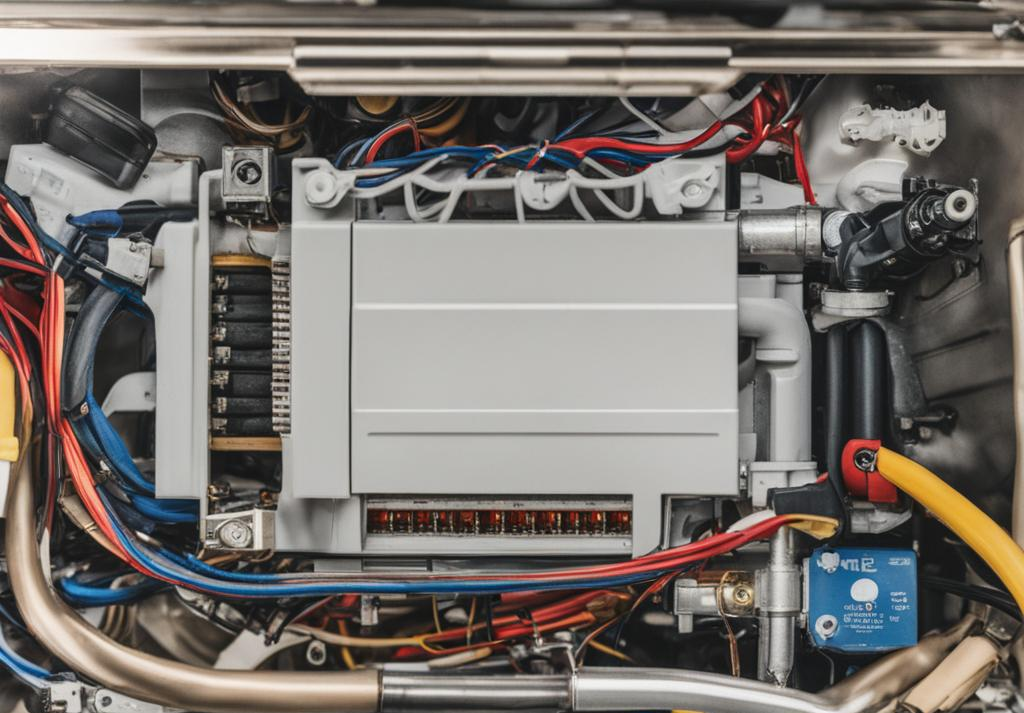
The good news is that many electronic failures are often minor glitches that can be resolved with some basic troubleshooting. Here are a few things to try before calling the repairman:
Reset the machine.
Unplug your washer for at least 30 minutes to reset the electronic control board. This can fix software glitches and reboot the system. Once you plug it back in, run an empty rinse cycle to test if it’s working properly.
Check connections and wiring.
Make sure all connections and wiring to the control board are secure and undamaged. Loose or faulty wiring is an easy fix and worth inspecting before replacing expensive parts. Tighten any loose connectors and replace damaged wiring.
Run diagnostic tests.
Many washers have built-in diagnostic tests you can run to pinpoint the issue. Check your owner’s manual for the procedure to access the diagnostic mode. Fault codes will display on the digital display to indicate problems with specific parts or sensors that may need replacement.
Replace the control board or sensors.
If all else fails and the diagnostic tests indicate a control board or sensor malfunction, they will likely need to be replaced. Control boards average $200 to $500 to replace, while sensors are usually between $50 and $200 each, depending on the part. Compare the cost of repairs versus the cost of a new washer to determine if it’s worth fixing.
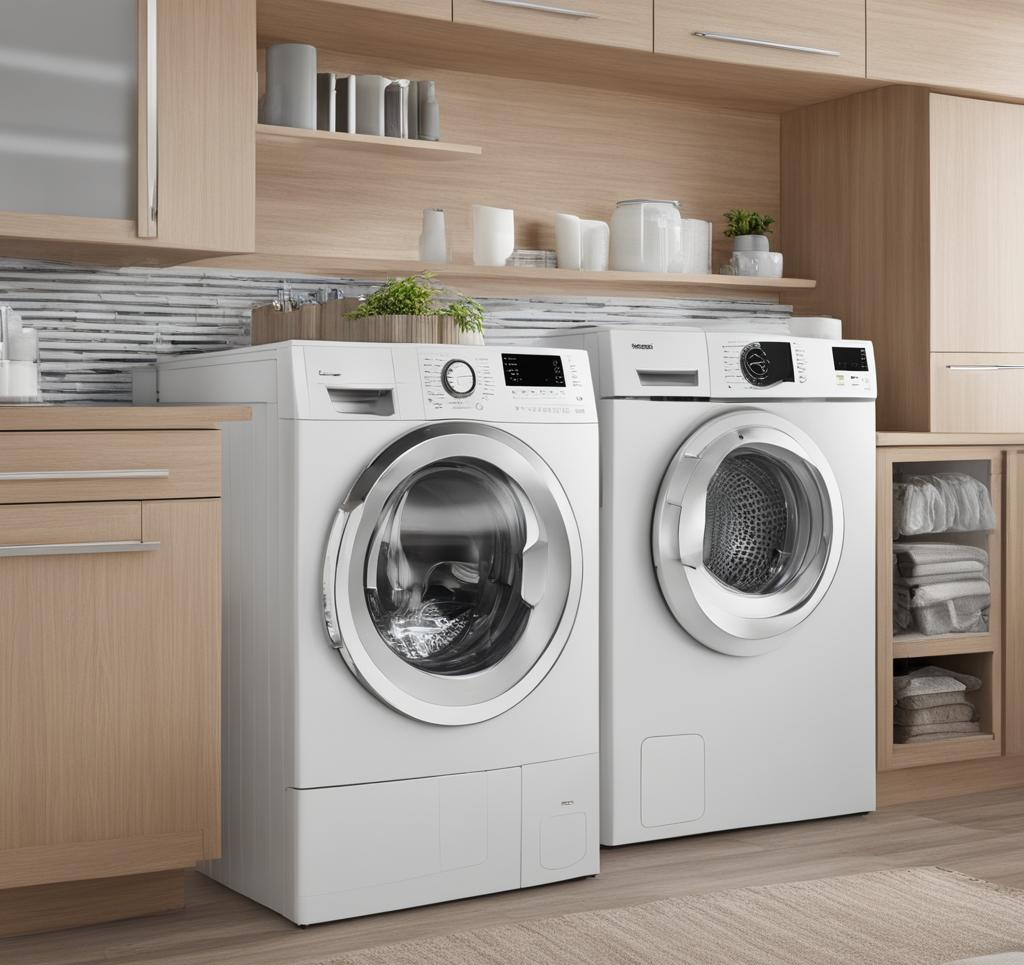
With some patience and troubleshooting, many electronic and sensor issues can be resolved without an expensive service call. Give these steps a try next time your washer starts acting wonky—you’ll be back to freshly laundered clothes in no time!
Won’t Start: Power, Timer, Lid Switch, or Motor Problems
Oh no, your trusty washing machine won’t start up! As inconvenient as this is, don’t worry; there are a few common issues that are often easy to fix yourself. Let me walk you through some troubleshooting steps to get your washer spinning again in no time.
Power Problems
First, make sure the washer is plugged in properly and the breaker hasn’t flipped. I know it seems obvious, but you’d be surprised how often this is the culprit! If the breaker has tripped, flip it back on, and you should be good to go. If not, it’s time to investigate further.
Timer Issues
The timer controls the cycles on your washer. If it’s malfunctioning, the washer won’t start. Locate the timer knob, typically near the cycle selection knob. Jiggle or turn the timer knob to try and get the contacts inside to connect properly again. This quick fix works surprisingly well and will save you from a costly repair call.
Lid Switch Problems
Most washers have a safety switch that prevents the washer from operating when the lid is open. If this switch is faulty, the washer won’t start. Locate the lid switch; it’s usually near the door rim. Try tapping it a few times to dislodge any debris caught inside. If that doesn’t work, you may need to replace the lid switch. Don’t bypass it, though; it’s there for your safety!
Motor Issues
The motor drives all the mechanical parts in the washer. If it’s malfunctioning, the washer won’t start. Check if you hear any strange noises coming from the motor when you try to start the washer. If the motor sounds normal but won’t start, it likely needs replacement by a technician.
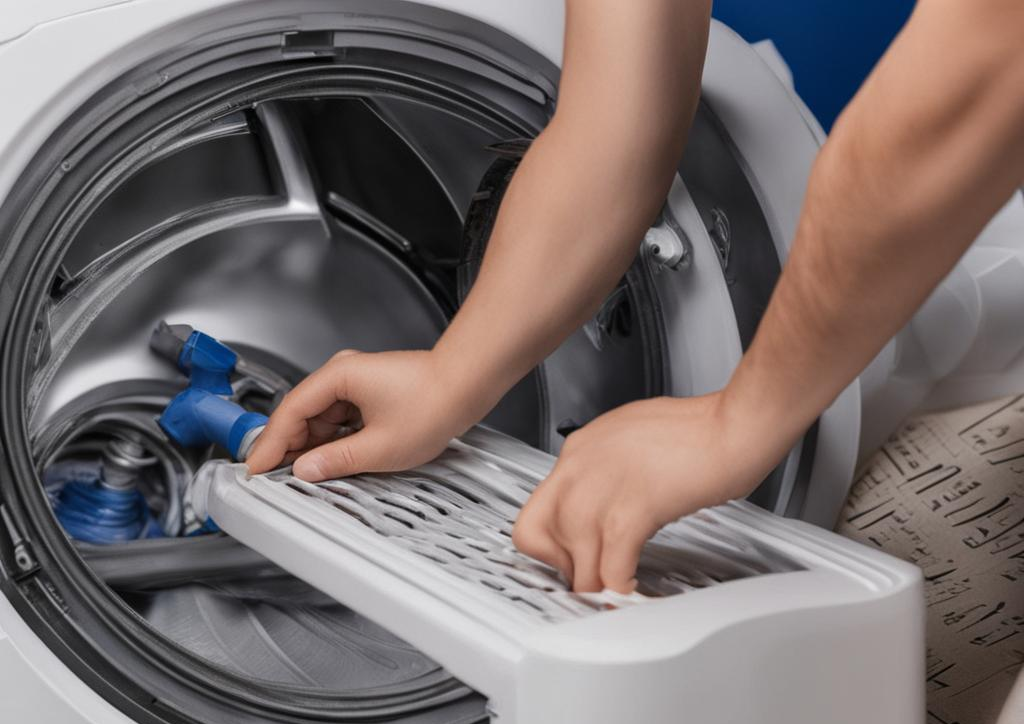
By going through these troubleshooting steps, you’ll get your washer up and running again in no time. Be sure to perform regular maintenance, like leaving the washer door open between uses to prevent musty smells, and run a hot wash cycle with 2 cups of white vinegar once a month to keep hoses and gaskets clear. Your washer will thank you for it!
Preventative Maintenance: Cleaning, Inspection, and Part Replacement
As a washing machine owner, keeping my trusty appliance in tip-top shape is important to me. By performing regular maintenance and catching issues early, I can help prevent costly repairs down the road and keep my washer working its best for years to come.
Cleaning and inspections
Every few months, I like to run a hot wash cycle with 2 cups of white vinegar to remove any built-up detergent residue and keep the hoses and pump clear. I also wipe down the rubber seal around the door to prevent mildew growth. At least once a year, I pull the washer away from the wall to inspect the hoses for any cracks or leaks—it’s an easy fix now but could lead to water damage if left unnoticed! I replace the hoses every 3–5 years as a precaution.
Part Replacements
Some parts, like water inlet valves, thermostats, and door locks, can wear out over time and with frequent use. If my washer is leaking, it’s not filling or heating properly, or the door won’t lock, it’s probably time for a replacement part. These are often easy DIY fixes I can do myself to save on service calls. I like to buy OEM or high-quality aftermarket parts to ensure proper fit and performance.
Additional Tips
I always leave the washer door open after a cycle to prevent musty smells from developing. I avoid overloading the washer, which can cause premature part failure. Powdered detergents can clog hoses and the drain pump, so I stick to liquid detergents. Fabric softener is optional but can reduce static cling. I follow directions and never pour it directly on clothes.
By keeping my washer in working order through cleaning, inspections, and part replacements when needed, I can avoid disruptive breakdowns and keep my clothes fresh and clean without hassle. A well-maintained washer is a happy washer, and a happy washer means happy laundry days!
DIY Troubleshooting Tips: Isolating Issues Before Calling a Repairman
When my washing machine starts acting up, I don’t panic—I troubleshoot! As an avid DIYer, I’ve learned how to isolate common washer issues before calling in an expensive repairman. Here are my top troubleshooting tips to try first:.
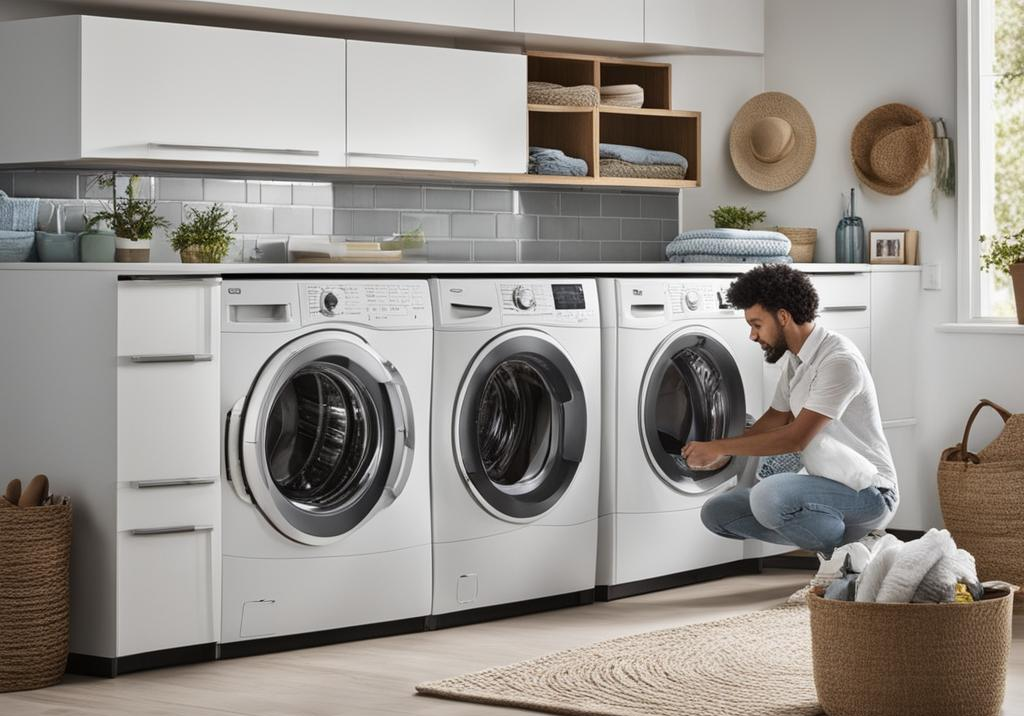
Drainage Problems
If your washer won’t drain, first check the drain hose for any kinks or clogs. Make sure the hose isn’t pinched behind the machine—this can prevent water from flowing properly. You should also inspect the drain pump filter and unclog it if needed. Sometimes a sock or other debris gets stuck in there, blocking drainage. Running a rinse cycle with 2 cups of white vinegar can help break up any stuck-on gunk.
Loud Noises
Strange sounds coming from your washer? It could be a worn-out water pump or a motor coupler. The coupler connects the motor to the wash tub—if it’s damaged, it can make loud squealing noises. You may be able to replace the coupler yourself to fix the problem. A rumbling noise during the spin cycle is usually just an uneven load—stop the cycle and redistribute your clothes to balance the load.
Water Leaks
If there’s a puddle under your washer, check the drain hose and pump for cracks or holes first. The water inlet hoses connecting to your faucets could also be leaking—tighten or replace them. For leaks around the door seal, run a cleaning cycle with 2 cups of white vinegar to remove any built-up detergent residue. Sometimes this residue prevents the door from closing fully, allowing water to seep out.
Electronic Issues
If the washer won’t start at all, first check that it’s plugged in properly and that the breaker hasn’t tripped. Then check the lid switch—it prevents the washer from operating when the lid is open. You can test it with a multimeter to see if it’s working. If not, you may need to replace the switch. For error codes on the display, check your washer’s manual for the specific code meaning and steps to resolve them.
With some patience and the right tools, you can fix many washer woes yourself and save a bundle. Give these DIY troubleshooting tips a try—your wallet and your washer will thank you!
When to Call a Professional: For Complex Repairs and Safety Reasons
When my washing machine starts acting up, I know it’s time to figure out what’s wrong and fix it. As much as I’d love to call a repair person for every little glitch, my budget says otherwise! Over the years, I’ve learned how to troubleshoot and remedy many common washer woes. Here are a few of the issues I’ve run into and how I got my machine back up and running.
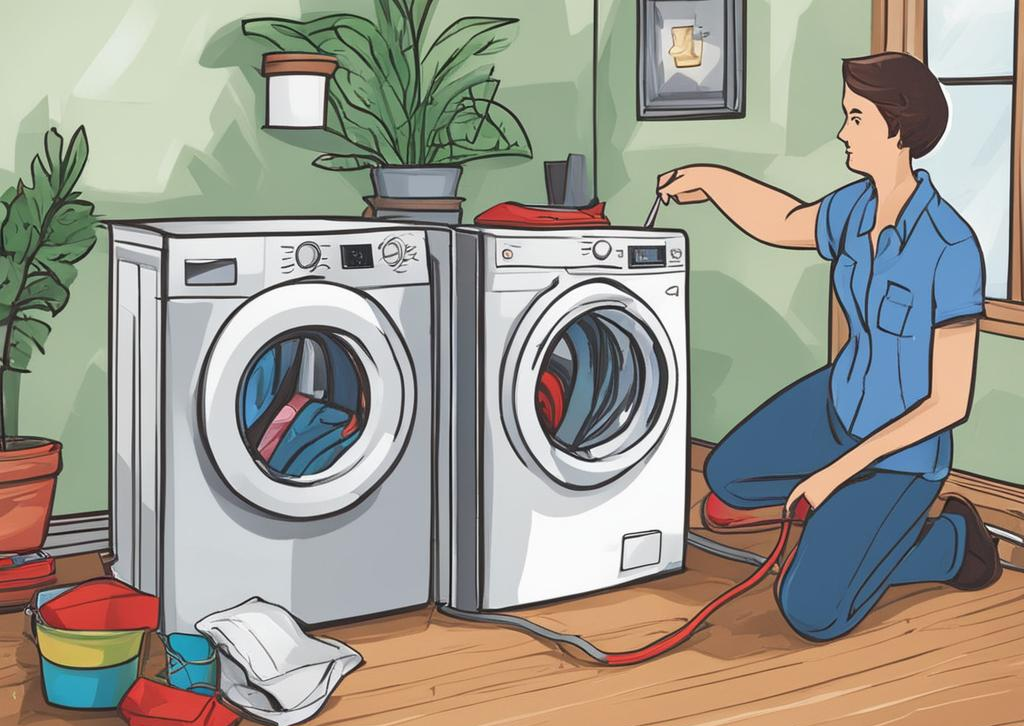
Drainage Problems
If my washer won’t drain, it’s usually a clog in the drain hose or pump filter. I start by checking the drain hose for kinks or clogs, then cleaning out the pump filter. This filter catches debris and needs to be cleared regularly. After unplugging the washer, I remove the filter cover—it’s typically located at the bottom front of the machine—and pull out the filter. A few spins in both directions unclog most filters. If that doesn’t do the trick, it’s time to call for backup.
Loud Noises
Squealing, grinding, or rattling noises coming from the washer require investigation. The most common culprits are a worn-out drive belt or failing bearings. Replacing a drive belt is something I can handle, but bearings require a professional. I also check that all hoses are securely fastened and not vibrating against the washer. Sometimes a simple hose adjustment eliminates the annoying sounds.
Water Leaks
If there’s a puddle under my washer, I know I have to act fast to avoid water damage. The seals and hoses are the most likely suspects. I double-check that all fill hoses are tightly fastened and not cracked or split. The door seal, tub seal, and drain hose also need to be examined for tears or wear. Replacing seals and hoses is a job best left to the pros to avoid leaks and ensure safety.
Failure to Start
When my washer won’t start at all, I first verify that it’s properly plugged in and that the outlet is functioning. If there’s no power issue, it could be a faulty electronic control board, door lock, or lid switch. Testing components and circuits is outside my area of expertise, so for any electrical or electronic problems, I call up the repair shop. It’s not worth risking shock or fire to attempt complex repairs myself!
Some routine maintenance, like running monthly clean cycles, cleaning the pump filter, and ensuring proper ventilation, can help prevent many washer troubles or at least catch them early. But for safety and to avoid causing bigger problems, I know when it’s best to call in a professional. My DIY spirit only goes so far!
FAQs on Common Washing Machine Problems: Answering Your Top Questions
As an avid DIYer, I’ve encountered my fair share of washing machine issues over the years. Through trial and error (and maybe a few YouTube videos), I’ve become quite adept at diagnosing and fixing common washer problems. Here are the top questions I get about washing machine troubleshooting and the solutions I’ve found most helpful.
Why won’t my washer drain or spin?

If your washer fills with water but won’t drain or spin, the drain pump or drain hose is likely clogged. First, check the drain hose for kinks or clogs—you may need to disconnect it from the washer and clear out any debris. If that’s clear, the problem is probably with the drain pump. You’ll need to remove the pump, unclog it, or replace it. This can be tricky, so you may want to call an appliance repair pro for help.
Why is my washer making loud noises?

Loud noises like grinding, squealing, or rattling are usually a sign there’s something wrong with the transmission or bearings in your washer. This can often be repaired, but again, it may require a technician to properly diagnose and fix it. In the meantime, avoid using the washer to prevent further damage.
Why is there water on my floor?

If you have water pooling under or around your washer, the most likely causes are problems with the water inlet hoses, drain hose, or door seal. Check all hoses for cracks or leaks and replace them if necessary. Make sure the drain hose isn’t kinked and is securely fastened in place. The door seal or gasket may need replacement if it’s torn or damaged. Tightening the seal or door latch may also help.
Why won’t my washer start?

If your washer won’t start at all, first check that it’s plugged in and that the outlet has power. Next, check the washer’s control board or timer for any visible signs of damage. You may need to reset the washer by unplugging it for 5 minutes. If that doesn’t work, the problem could be with the lid switch or door lock assembly, which will require service.
By following these troubleshooting tips, hopefully you can get your washer back in working order and avoid an expensive service call. Let me know if you have any other questions!
Conclusion
As you can see, most common washing machine problems are easily fixable with some basic troubleshooting and repair skills. Don’t let minor issues like strange noises, leaks, or electronic glitches deter you from getting your laundry done. With the right tools, parts, and patience, you’ll have your washer working like new again in no time and avoid expensive repair bills. Regular maintenance, like cleaning the drain pump filter, wiping down the door seal, and running the occasional hot wash cycle, will help prevent problems from happening in the first place. Stay on top of any warning signs, take action right away, and you’ll be rewarded with a washing machine that runs smoothly for years to come. Now go ahead and tackle that mountain of dirty clothes—you’ve got this!

